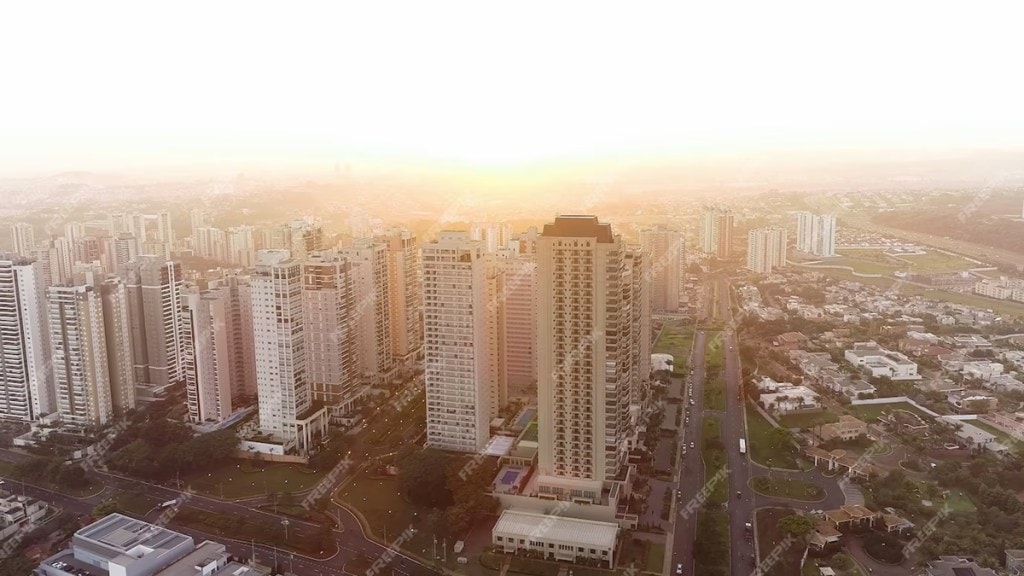Scarcely a day passes without news regarding bullish higher-end housing sales in the largest cities of the country and uptick in residential real estate prices. This flurry of development, however, seems to have bypassed addressing the housing needs of senior citizens above 60 years of age who will account for 19.5% of the population by 2050. The requirement of senior living is not just for affordable housing spaces but also healthcare facilities and social engagement opportunities. The fact that a majority of real estate developers are avoiding this segment—like their retreat from affordable housing projects in general—is a clear instance of market failure. The market penetration of senior living players is just 1.3% in India as against 6% in the US and Australia. Currently, only a dozen mostly smaller players operate in this space. There are less than 70 senior living projects, developed or ongoing, across the country. Of this, more than 60% are in tier-II (population between 50,000 and 1 million) and tier-III cities (population between 20,000 and 50,000), according to Anarock Property Consultants.
Why developers shy away from senior housing
The big question naturally is, why is India’s real estate sector—whose contribution is forecast to touch 13% of GDP by 2025—not addressing the silver economy? A proximate factor is that in most housing projects the developer’s responsibility ceases once they have handed over the premises to the owners. Senior living projects, however, entail a longer commitment as they entail provision of assisted living, access to healthcare facilities, and spaces for community interaction. The investments necessary for such facilities may not necessarily align with the business model of most developers. Even so, the real estate sector is ignoring a golden opportunity of addressing a fast rising demographic segment. Around 26.7% of the urban elderly live either alone, with only their spouse, or with people other than their spouses or children, according to the Longitudinal Ageing Study of India. To be sure, some of them do have financial constraints highlighting the need for affordable senior living solutions.
How policy can unlock the silver housing market
In this milieu, the government has a huge role to play in incentivising developers to cater to senior housing. One way forward is by creating 500-acre zones like the special economic zones (SEZs) near national and state highways between 100 and 300 km of big cities like Delhi, Gurgaon, Mumbai, and Bengaluru, according to an interesting proposal by Amnaya Sheel, who is currently studying in Columbia University. The government must provide necessary infrastructure like healthcare facilities, parks, and shopping complexes through public-private partnerships. Contiguous plots of land must be given to developers at a concessional rate, as also subsidised cost of capital.
A tax holiday is necessary, similar to developers of SEZs, besides single-window permissions and licences for project development. With these incentives, affordable housing solutions for senior citizens provide a healthy internal rate of return of 26% for real estate developers, according to Sheel. Such projects will definitely align with their business models. For the elderly, it provides a perfect environment in which they can cherish for the remainder of their lives. The market penetration by senior living players is bound to rapidly increase. This is the way forward for affordable housing projects in smaller cities and semi-urban areas to take off even as the brisk off-take of higher-end offerings in the large cities dominates the news cycle.

